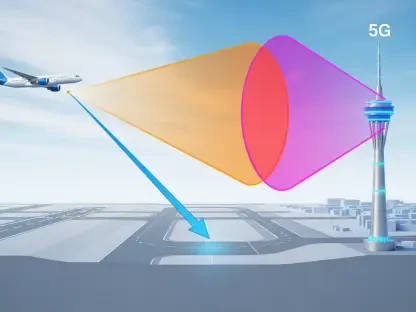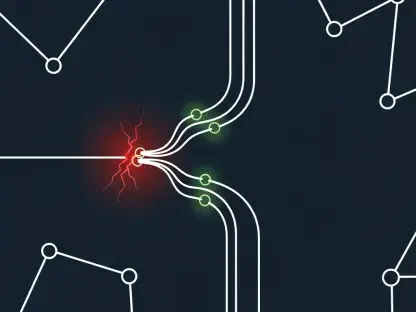Verizon Business takes a giant leap into the rapidly evolving broadcasting industry, leveraging AI-enhanced technologies and private 5G networks. This innovative move targets immersive video production in diverse venues, especially stadiums and remote areas that traditionally struggle with infrastructure constraints. The initiative is set to transform content creation, promising enhanced broadcast quality and operational efficiency. Our analysis explores the robust market trends supporting this technological shift and projects its influential role in shaping the future of media production.
Exploring the Digital Revolution in Broadcasting
In the fast-paced world of media production, connectivity and data management have remained significant challenges for venues with limited infrastructure. The advent of 5G technology brought a promising resolution, offering high-speed and reliable connections that enhance innovation and production efficiency. Verizon’s entry into portable video production using private 5G networks stands as a monumental development, addressing persistent industry gaps. By capitalizing on the speed and adaptability of 5G, this initiative is poised to unlock new possibilities for content creators and redefine broadcasting standards globally.
Examining Core Components and Industry Impacts
Innovations in AI: A New Era in Video Production
Anchored by sophisticated AI technologies, Verizon’s approach aims to streamline video production processes effectively. Collaborations with industry giants such as Nvidia and Haivision play a pivotal role, delivering AI-driven systems for real-time video processing and data management. These technologies are invaluable to technical directors, enhancing workflow efficiency and focusing on dynamic video feeds. Despite the framework’s potential, the journey toward widespread adoption must address integration challenges, data integrity issues, and initial deployment obstacles that could impede progress.
Infusing Augmented Reality: Enhancing Live Event Experiences
As 5G-enabled cameras and private networks gain traction, the opportunity to elevate in-venue experiences through augmented reality (AR) becomes increasingly feasible. For sports fans, integrating AR provides an exciting immersive layer to live events, merging physical and digital environments. While this convergence promises heightened fan engagement, considerations like latency, cost, and content delivery must be meticulously addressed to ensure a seamless user experience and compelling AR integration.
Regional Dynamics: Tailoring Deployment Strategies
The variation in geographic conditions impacts the deployment and success of Verizon’s 5G video production framework significantly. Some regions, boasting established infrastructure, may facilitate swift implementation, while others face hurdles such as regulatory complexities or market dynamics. Recognizing these nuances becomes critical in Verizon’s strategy, requiring localized adaptation and expert insights. Misinformation regarding 5G and AI capabilities can further complicate adoption, necessitating widespread education and outreach.
Future Directions in Video Production: Industry Predictions
With intriguing possibilities around “as-a-service” models, the integration of 5G and AI in video production is expected to redefine industry paradigms. Forecasts suggest reductions in operational costs, amplified content quality, and evolving regulatory landscapes adjusting to innovative demands. Industry analysts envision more personalized, interactive broadcasting experiences driven by adaptive technologies, influencing accessibility, audience participation, and market growth trends profoundly.
Strategic Pathways to Adoption and Success
For media entities contemplating Verizon’s innovative framework, strategic planning is vital. Prioritizing integration and efficient data management will maximize the technology’s benefits. Fostering collaborations with tech providers bridges gaps between existing methodologies and 5G capabilities. Real-world applications illustrate the necessity for comprehensive training and adaptability, guiding smooth transitions into AI-driven production environments.
Considerations and Implications for the Industry
Verizon’s initiative in AI-driven, 5G-enhanced video production represents a monumental shift in media technology. The profound implications for venues and remote productions showcase potential transformations in audience experiences and operational efficiencies. As industries worldwide adapt to technological advancements, Verizon’s approach sets a benchmark for innovative broadcasting strategies. Businesses and consumers alike, equipped with strategic foresight, are poised to navigate confidently the evolving landscape of video production.









